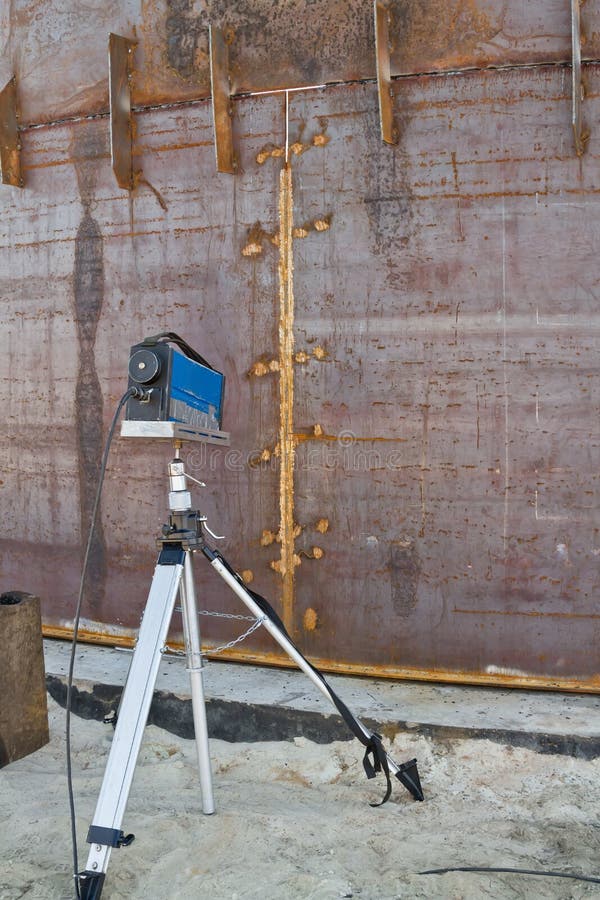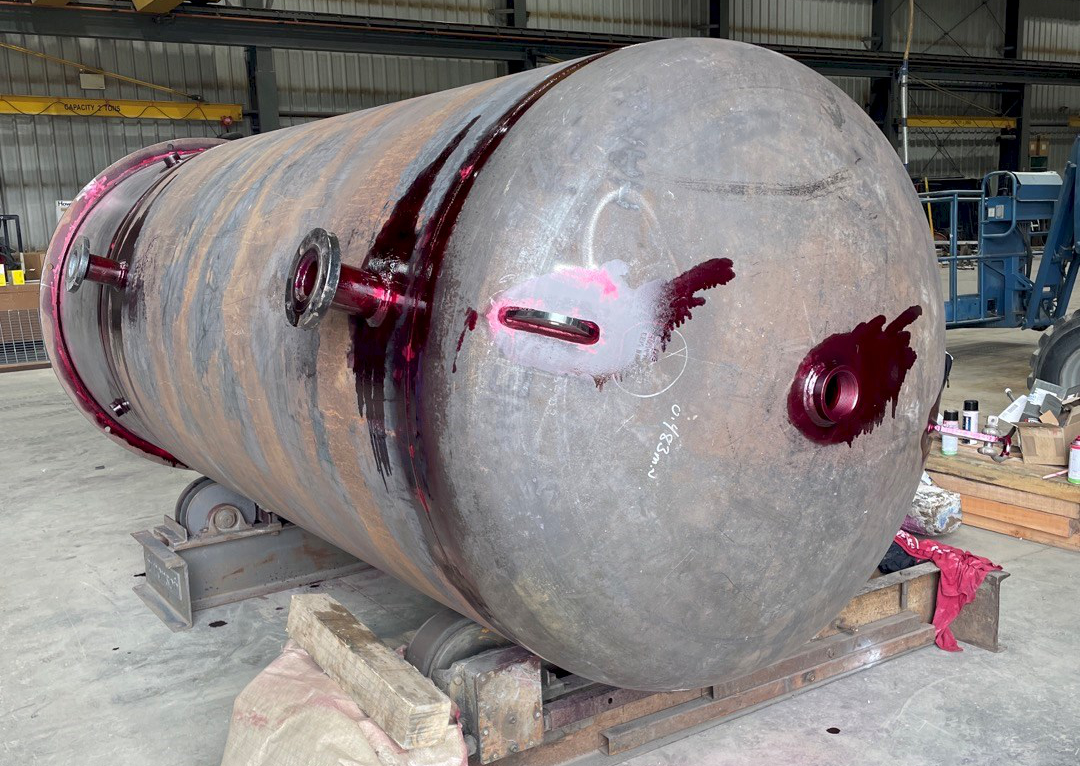A Thorough Review of Container Welding Assessment Specifications and Methodologies for Improved Weld Quality and Performance
The importance of welding assessment requirements in the production of tanks can not be overstated, as they offer as the foundation for guaranteeing weld stability and functional integrity. Various examination methods, consisting of aesthetic evaluations and progressed non-destructive screening techniques, are important in determining possible flaws that can jeopardize efficiency.
Relevance of Welding Inspection Standards

Welding inspection requirements include a variety of standards, consisting of material specs, welding treatments, and qualifications of personnel associated with the welding process. By applying these criteria, organizations can methodically recognize and correct potential issues, therefore lowering the possibility of costly fixings or catastrophic failures. Strenuous assessment practices promote a society of accountability and accuracy, urging welders to maintain high levels of workmanship.

Common Welding Assessment Methods


Ultrasonic Checking (UT) is another prevalent method, utilizing high-frequency audio waves to detect inner defects that may not be noticeable externally. This method is especially effective for identifying voids or additions within the weld metal. Magnetic Bit Evaluating (MT) is additionally extensively made use of, especially for ferromagnetic materials, as it discloses surface area and near-surface flaws via the application of electromagnetic fields and ferrous bits.
Furthermore, Liquid Penetrant Screening (PT) discovers surface-breaking issues by using a penetrant to the weld and afterwards making use of a designer to extract the penetrant. Each of these methods contributes to a comprehensive assessment approach, ensuring that welds satisfy the stringent high quality requirements called for in tank building and construction.
Governing Specifications and Compliance
Regulative standards and compliance are necessary parts in ensuring the safety and security and dependability of bonded frameworks in container construction - Tank Welding Inspection. These standards offer to establish minimum demands for product residential or commercial properties, welding procedures, and examination practices, consequently decreasing the danger of architectural failures and improving overall efficiency
Secret companies, such as the American Society of Mechanical Designers (ASME) and the American Welding Culture (AWS), supply standards that are extensively taken on in the sector. Conformity with these criteria not only makes certain adherence to finest practices however likewise fulfills lawful and contractual responsibilities, guarding the interests of stakeholders.
Regulative bodies typically mandate adherence to specific codes, such as ASME Code Area IX for welding credentials and API 650 for welded storage tanks. These codes outline demands for welding methods, credentials of personnel, and screening methods to confirm weld stability.
Normal audits and inspections are important to keeping compliance, as they aid determine inconsistencies from established requirements. Non-compliance can lead to significant fines, job hold-ups, and safety and security risks. Hence, a robust understanding of governing criteria and a dedication to conformity are paramount in achieving top notch and long lasting bonded tank frameworks.
Non-Destructive Testing Methods
How can the integrity of bonded frameworks be ensured without causing damages? Non-destructive screening (NDT) look at this site methods offer a robust service, allowing inspectors to assess weld top quality without jeopardizing the product - Tank Welding Inspection. Amongst the most usual NDT methods are ultrasonic testing (UT), radiographic testing (RT), magnetic particle screening (MT), and color penetrant testing (PT)
Radiographic testing involves passing X-rays or gamma rays with the weld, producing photos that reveal architectural problems such as splits or voids. This method is invaluable for analyzing the honesty of complex welds.
Magnetic particle screening is fit for ferromagnetic materials, where electromagnetic fields expose surface and near-surface gaps. Color penetrant testing makes use of a fluid dye to highlight surface-breaking defects, making it an effective technique for non-porous products.
Each of these NDT approaches has distinctive advantages, enabling for detailed evaluations customized to details materials and welding processes. By executing these strategies, industries can guarantee the dependability and safety and security of welded structures, ultimately enhancing overall performance.
Enhancing Weld High Quality Through Assessment
Effective evaluation plays a crucial function in improving weld quality, acting as a crucial checkpoint in the construction process. By identifying prospective issues early, evaluations minimize the risk of compromised architectural stability and make sure compliance with sector requirements. Employing a mix of visual assessments, non-destructive screening (NDT) methods, and mechanical analyses, inspectors can find concerns such as porosity, fractures, and incomplete fusion.
Implementing a durable assessment procedure not only boosts the overall high quality of welds but likewise cultivates a culture of responsibility amongst welders and makers. Routine training and qualification of assessment employees make certain that they are outfitted with the necessary skills to acknowledge and resolve possible issues efficiently. This positive technique reduces rework and associated costs, inevitably contributing to forecast performance.
Moreover, thorough documents of inspection findings offers beneficial understandings into repeating problems, promoting continual improvement in welding practices. By leveraging advanced technologies, such as automated ultrasonic testing or electronic radiography, weld high quality can be boosted via a lot more exact analyses. To conclude, a rigorous inspection procedure is indispensable in achieving top weblink notch welds, making certain safety, integrity, and durability in tank manufacture.
Verdict
Finally, the execution of extensive storage tank welding assessment criteria and techniques is vital for making certain weld integrity and efficiency. By making use of a mix of visual inspections, non-destructive screening techniques, and adherence to governing criteria, companies can properly recognize and mitigate potential defects. Promoting a culture of responsibility amongst welders view even more boosts the high quality of welding processes. Inevitably, these practices contribute to lowered architectural failings, reduced fixing prices, and improved operational efficiency within the market.
Comments on “Tank Welding Inspection: Ensuring Long-Term Durability and Safety And Security”